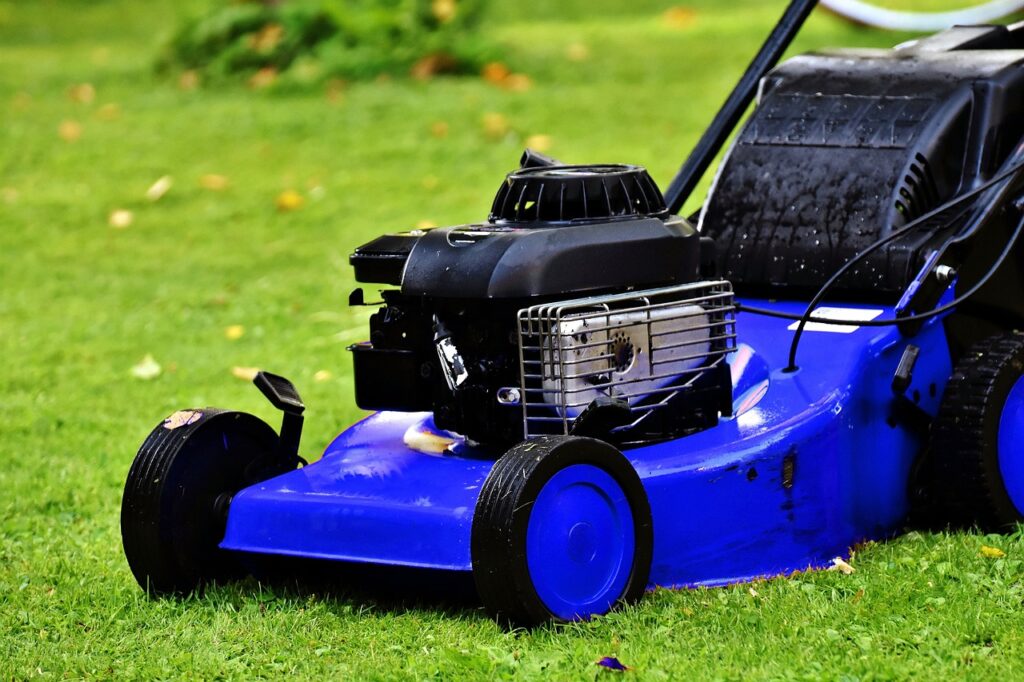A vibrant, green lawn is a source of pride for every homeowner, and achieving this beauty involves more than just regular mowing and watering. Proper fertilization is fundamental to lawn care, as it delivers the vital nutrients your grass needs to flourish. However, it’s essential to apply fertilizer correctly to prevent over-fertilization, which can harm your lawn or lead to wasted resources.
The Importance of Fertilization for Lawn Health
Grass, like any other plant, needs nutrients to grow, and not all soils provide these nutrients in sufficient quantities. Fertilizers offer essential elements such as nitrogen, phosphorus, and potassium—commonly known as NPK.
- Nitrogen (N): Promotes vibrant, green growth and healthy leaves.
- Phosphorus (P): Supports strong root development.
- Potassium (K): Enhances overall lawn resilience, helping it withstand stress from drought, disease, and foot traffic.
Without adequate fertilization, your lawn could turn weak, develop yellow patches, or become uneven, making it susceptible to weeds and pests.
Step 1: Assess Your Lawn’s Requirements
Prior to applying fertilizer, it’s important to identify the specific nutrient needs of your lawn. This step helps to prevent over-fertilization or the omission of vital nutrients.
- Soil Testing: Conduct a soil test to determine nutrient levels, pH balance, and deficiencies. Soil test kits are available at garden centers, or you can send samples to a local extension office for analysis.
- Grass Type: Identify your grass type (e.g., cool-season grasses like Kentucky bluegrass or warm-season grasses like Bermuda grass). Different grasses have unique nutrient needs and optimal fertilization schedules.
Step 2: Select the Suitable Fertilizer
Once you have a grasp of your lawn’s requirements, it’s time to pick the right fertilizer.
- Slow-Release vs. Quick-Release Fertilizers:
- Slow-release fertilizers provide a steady nutrient supply over time, reducing the risk of over-fertilizing.
- Quick-release fertilizers deliver nutrients immediately, ideal for lawns needing a rapid boost.
- Synthetic vs. Organic Fertilizers:
- Synthetic fertilizers are fast-acting and often more affordable but can leach into water supplies if overapplied.
- Organic fertilizers improve soil health and are eco-friendly but may take longer to show results.
- NPK Ratios: Match the NPK ratio on the fertilizer bag to your lawn’s nutrient needs. For example, a fertilizer labeled 20-10-10 contains 20% nitrogen, 10% phosphorus, and 10% potassium.
Step 3: Timing Is Key
Getting the timing right for your fertilizer application is crucial to ensure it works at its best.
- Seasonal Considerations:
- Cool-season grasses: Fertilize in early spring and fall when these grasses experience peak growth.
- Warm-season grasses: Fertilize in late spring and summer during their active growth period.
- Weather Conditions: Avoid fertilizing before heavy rain, as it can wash away nutrients. Apply fertilizer when the soil is slightly moist but not waterlogged.
Step 4: Get Your Lawn Ready
Getting your lawn ready is essential for it to effectively absorb the fertilizer.
- Mow Your Lawn: Mow your grass to a manageable height before fertilizing, but avoid cutting it too short, which can stress the lawn.
- Water Before Fertilizing: Lightly water your lawn a day or two before applying fertilizer. This moistens the soil, allowing nutrients to penetrate more effectively.
Step 5: Correctly Apply Fertilizer
Using the right application methods guarantees uniform coverage and helps avoid over-fertilization, which can damage your grass.
- Use the Right Equipment:
- Broadcast Spreader: Ideal for large lawns, providing even coverage.
- Drop Spreader: Suitable for smaller lawns or areas requiring precise application.
- Calibrate Your Spreader: Follow the manufacturer’s instructions to set the correct spreader settings for your chosen fertilizer.
- Follow the 50-50 Rule: Divide your fertilizer into two equal portions. Apply one half while walking north to south and the other half while walking east to west. This crisscross method ensures uniform coverage.
Step 6: Watering Post-Application
Watering after applying fertilizer allows the nutrients to penetrate the soil effectively and reduces the chances of fertilizer burn.
- How Much Water? Apply enough water to dissolve the fertilizer into the soil without causing runoff. A light, consistent watering is ideal.
Step 7: Keep Up with a Fertilization Schedule
Staying consistent is essential for the long-term health of your lawn. Adhere to a fertilization schedule that is customized for your specific grass type and the climate in your area:
- Cool-season grasses: 2–4 applications per year (spring and fall).
- Warm-season grasses: 3–5 applications per year (late spring through early fall).
Common Errors to Avoid
To cultivate a healthy and lively lawn, make sure to avoid these frequent fertilization mistakes:
- Over-Fertilizing: Applying too much fertilizer can cause nutrient burn, damage the roots, and harm the environment.
- Ignoring Soil pH: Soil that’s too acidic or alkaline can prevent nutrient absorption, no matter how much fertilizer you apply.
- Fertilizing at the Wrong Time: Applying fertilizer during dormant periods is ineffective and wasteful.
The Advantages of Proper Fertilization
When executed properly, fertilization can turn your lawn into a vibrant green oasis. The benefits include:
- Dense, uniform grass growth.
- Reduced weed invasion.
- Increased resilience against drought, disease, and foot traffic.
- Enhanced curb appeal for your property.
Your Lawn Deserves the Best
A properly fertilized lawn is more than just a pretty sight it’s about fostering a robust, sustainable ecosystem that endures for years ahead. By analyzing your soil, selecting the appropriate fertilizer, and adhering to correct application methods, you can ensure optimal lawn health while safeguarding your investment.
For expert guidance and professional lawn care services, contact Dash Landscaping today. We’re here to help you create the lawn of your dreams!

